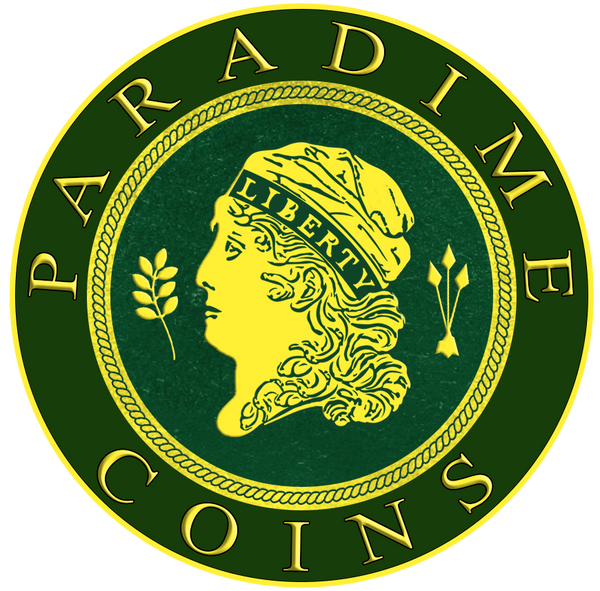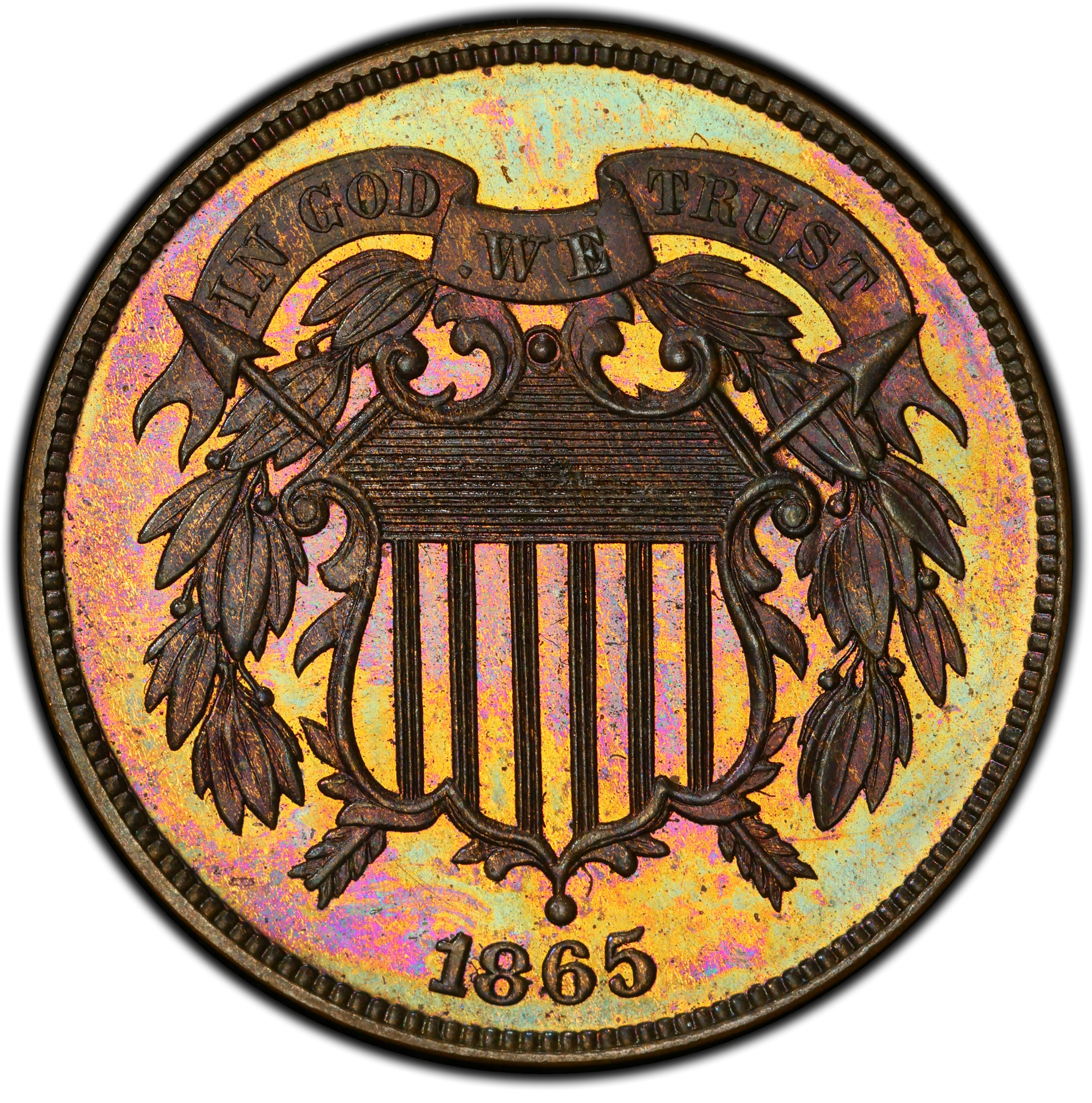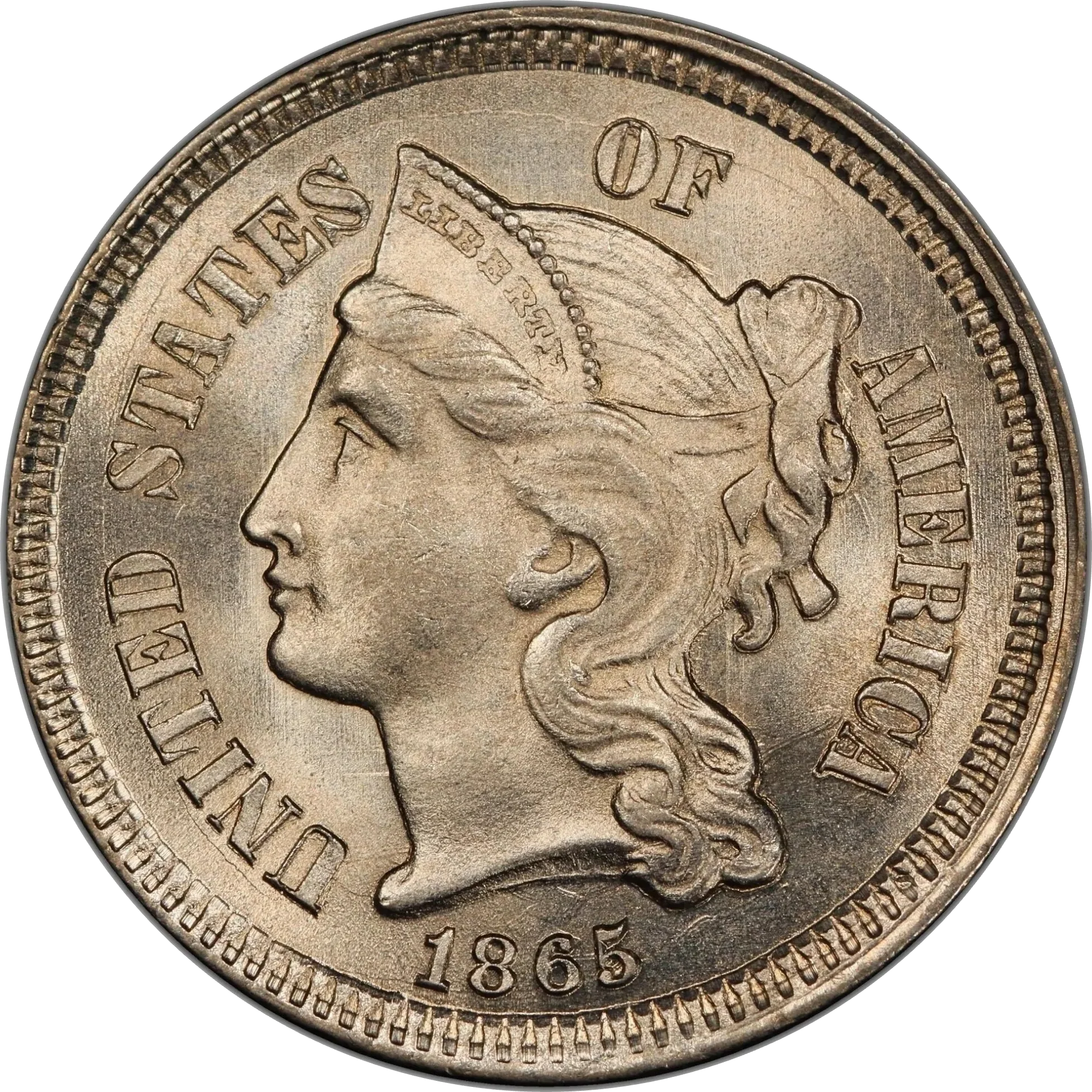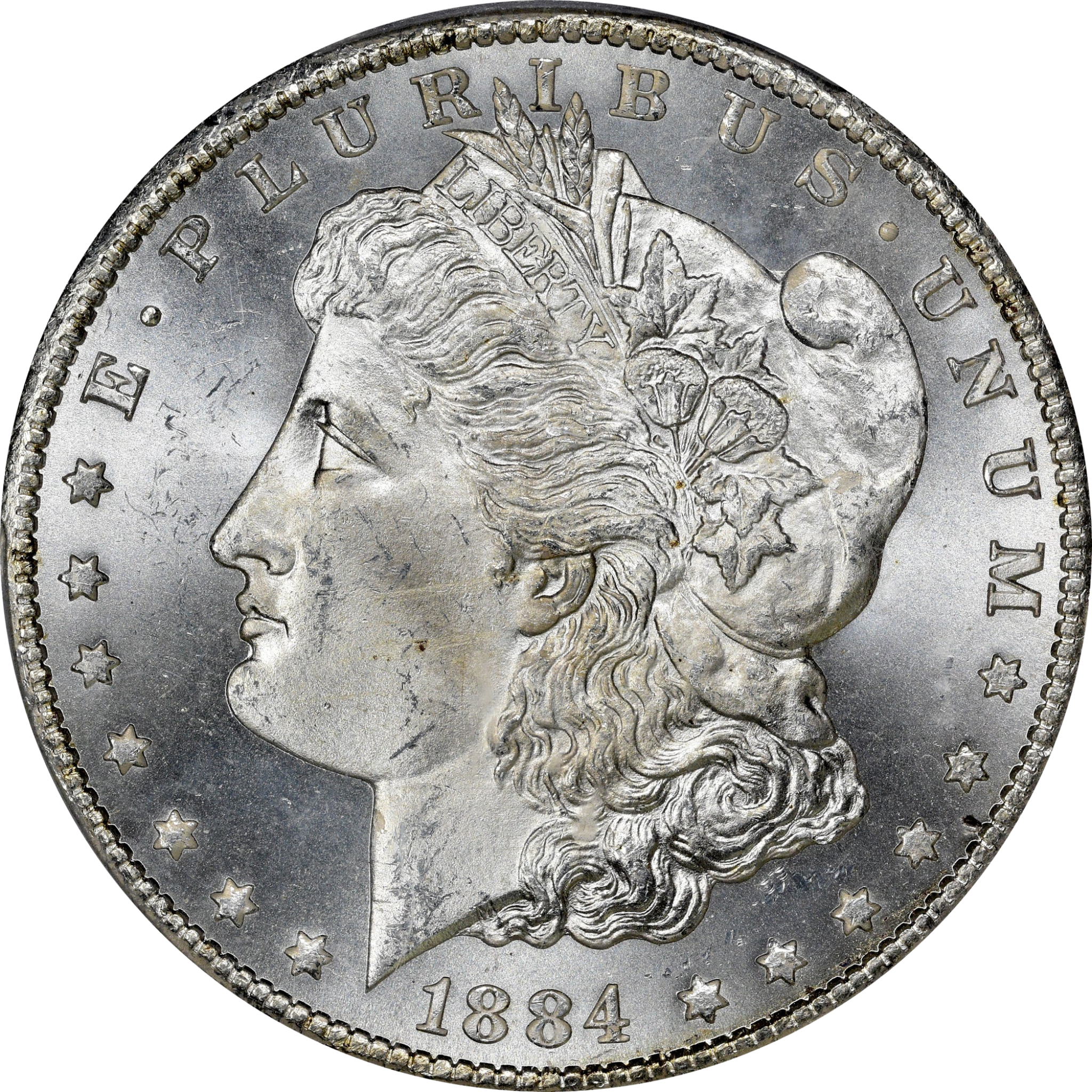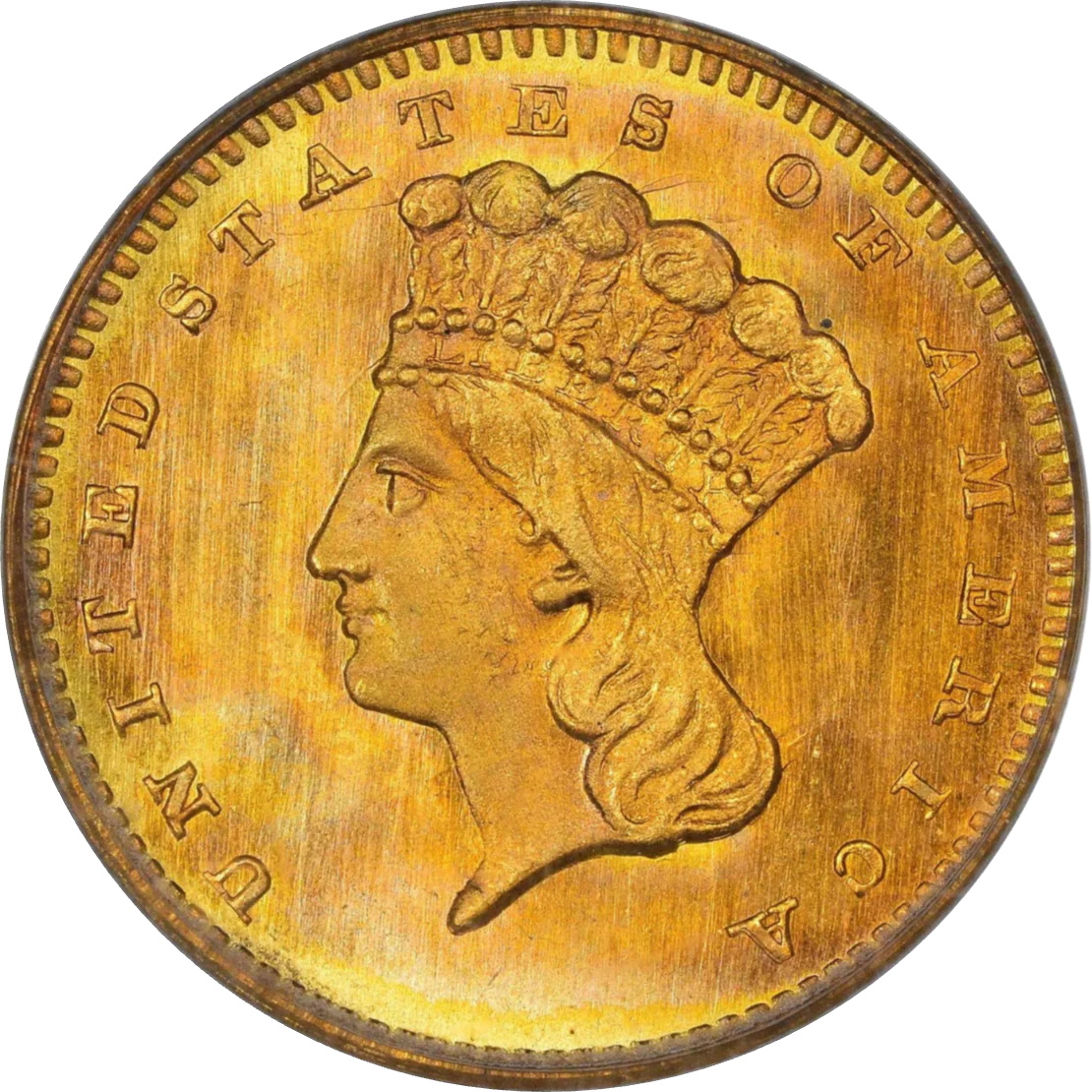Collection: Bust Half Dime (1792)
No products found
View All Inventory
Bust Half Dime (1792): The First U.S. Coin?
The 1792 Half Disme, pronounced “deem,” holds a special place in U.S. numismatic history as one of the first coins produced under the authority of the newly established United States government. However, its exact classification as a pattern or a regular issue ... Read More
Bust Half Dime (1792): The First U.S. Coin?
The 1792 Half Disme, pronounced “deem,” holds a special place in U.S. numismatic history as one of the first coins produced under the authority of the newly established United States government. However, its exact classification as a pattern or a regular issue coin remains a matter of scholarly debate, adding to its allure among collectors.
Key Details of the 1792 Half Disme
- Designer: Robert Birch and Joseph Wright
- Composition: 89.24% silver, 10.76% copper
- Diameter: 17.5 mm
- Weight: 1.35 grams (20.83 grains)
- Edge: Reeded
- Estimated Mintage: 1,500–2,500
- Surviving Examples: Approximately 100–200
Historical Context
The 1792 Half Disme is intertwined with the very foundation of the U.S. Mint and early American coinage. Minted in July 1792, it was struck before the official opening of the U.S. Mint, reportedly in the basement of John Harper’s private facility. This coin was produced in response to a pressing need for small-denomination coinage, as noted by President George Washington in a speech to Congress:
"There has been a small beginning in the coinage of half dimes, the want of small coins in circulation calling the first attention to them."
While many believe the silver used to mint these coins came directly from George and Martha Washington, no definitive proof exists.
Design
- Obverse: Features Miss Liberty’s bust with the inscription LIB. PAR. OF SCIENCE & INDUSTRY, thought to symbolize the nation’s dedication to progress and innovation. Some have speculated that Martha Washington served as the model for Liberty, though this remains unverified.
- Reverse: Depicts an eagle in flight, surrounded by a legend. The design bears similarities to the Birch Cent patterns of the same year.
Debate: Pattern or Regular Issue?
Arguments for Pattern Status:
- The design aligns with other 1792 pattern coins, such as the Birch Cent and the Silver Center Cent.
- Struck privately in John Harper’s basement rather than at the official U.S. Mint.
- Listed as a pattern in the Guidebook of United States Coins (Redbook).
Arguments for Regular Issue Status:
- Over 1,500 pieces were struck, far exceeding typical pattern mintages.
- These coins circulated extensively, evidenced by most surviving examples being in lower grades.
- Official records and George Washington’s remarks suggest they were intended to address a shortage of small coinage.
Collecting the 1792 Half Disme
With fewer than 200 surviving examples, the 1792 Half Disme is a rarity. Most specimens grade between Good and Fine, with a small number of Uncirculated and even gem condition coins certified.
- Circulated Examples: These represent the coin’s historic role as a circulating medium, often showing significant wear.
- Uncirculated Examples: Extremely rare and highly sought after by advanced collectors.
Whether you’re building a type set or seeking a historic centerpiece, the 1792 Half Disme is a prized addition to any collection.
Why Collect the 1792 Half Disme?
- Historical Significance: This coin marks the beginning of U.S. federal coinage, making it a cornerstone of American numismatics.
- Rarity: With a limited mintage and few surviving examples, it’s a true collector’s gem.
- Debate and Mystery: The ongoing discussion about its classification as a pattern or regular issue adds intrigue.
Explore Rare Coins at ParadimeCoins.com
At ParadimeCoins.com, we specialize in offering rare and historic coins like the 1792 Half Disme. Discover a selection of iconic U.S. coins to enhance your collection and preserve America’s rich numismatic history. Start your journey with Paradime Coins today!
... Read Less